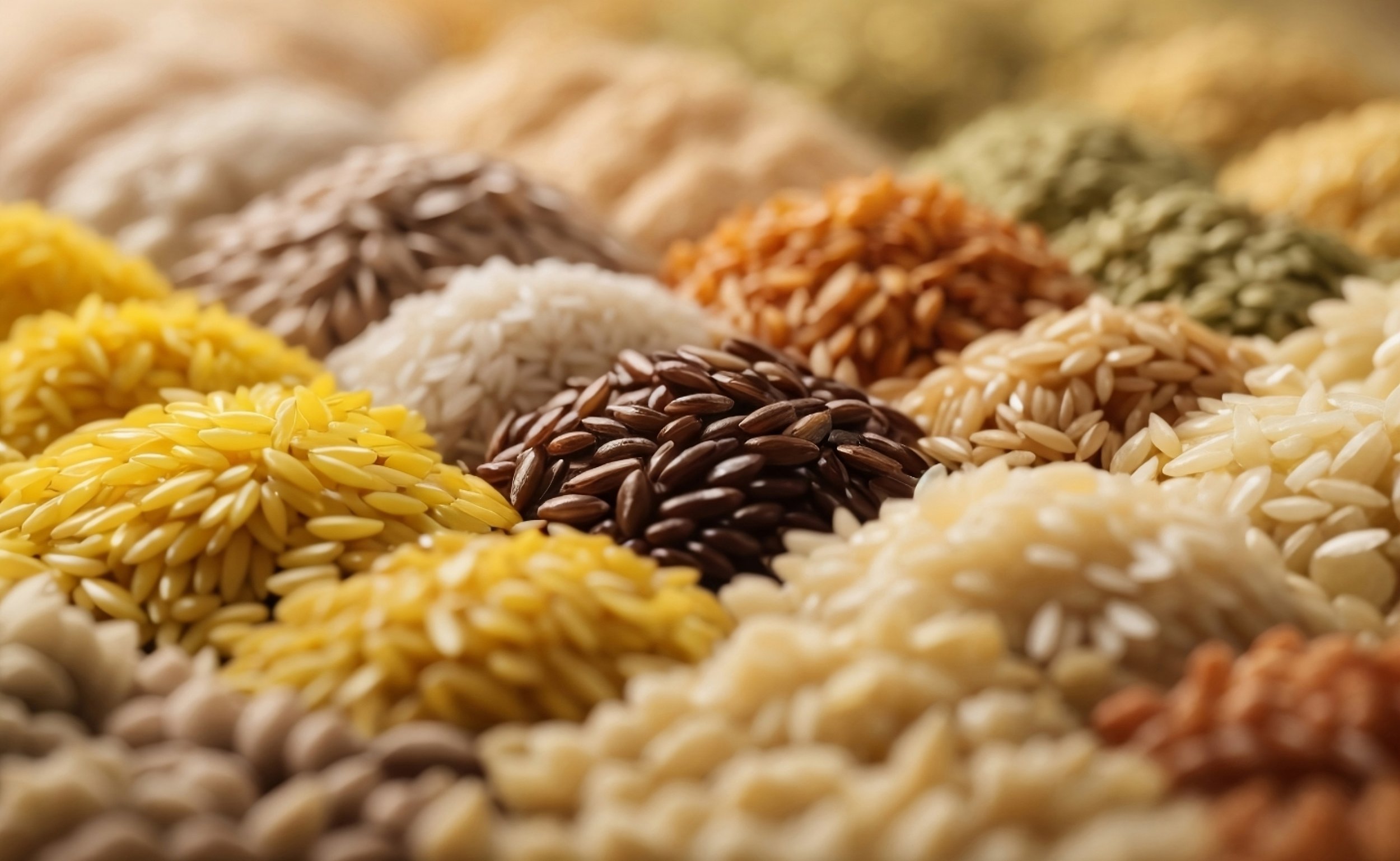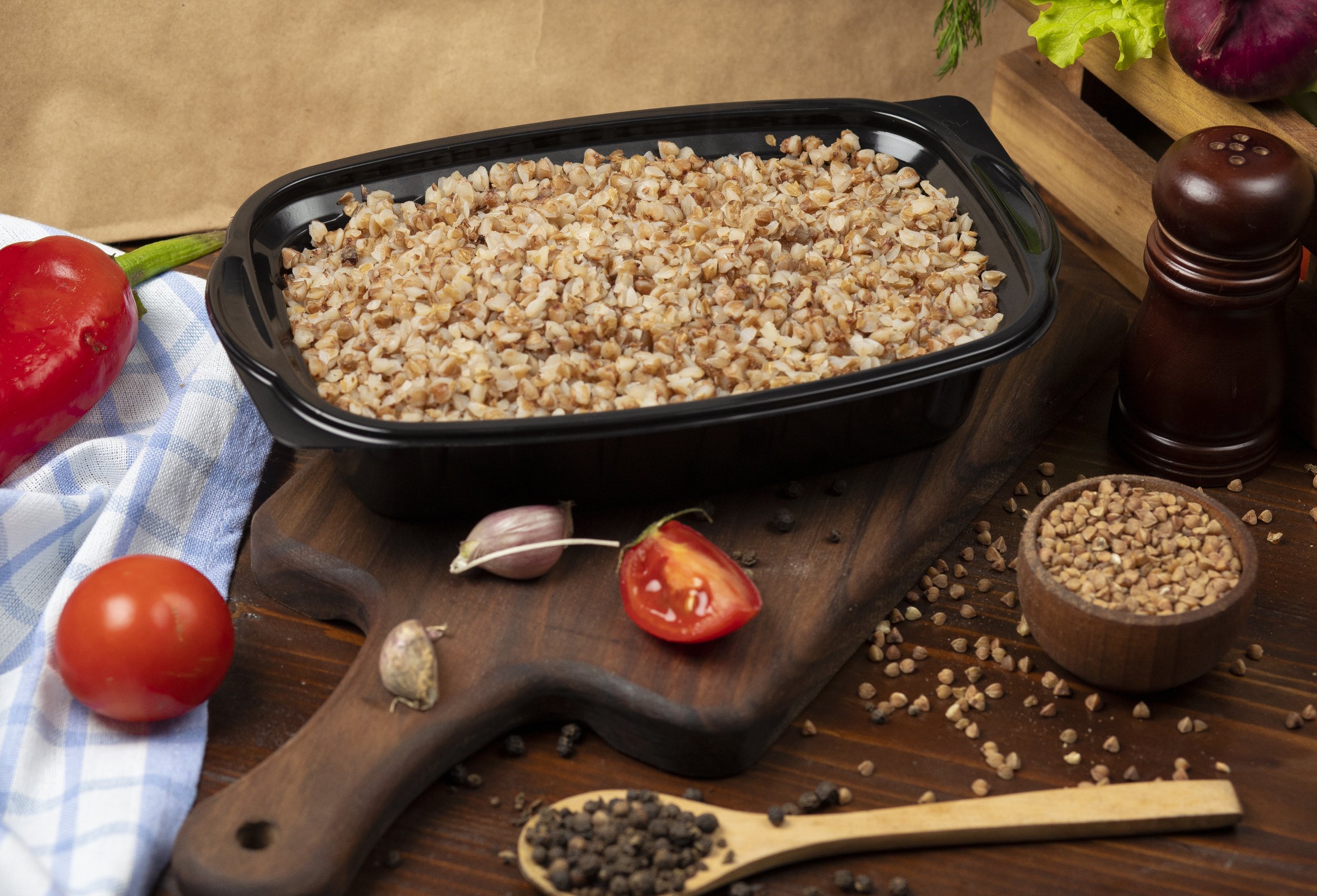FROM BASMATI TO ARBORIO || Exploring 4 Types of Rice and Their Unique Health Benefits - Links Included

Rice, a dietary staple for more than half the world's population, comes in numerous varieties, each with unique characteristics and health benefits.
For some cultures, white rice is the main source of carbs in each meal. But for those looking for alternatives, we share 4 types of rice and their unique health benefits.
1. Basmati Rice
Basmati rice is long-grain rice known for its distinctive aroma and nutty flavour. Predominantly grown in India and Pakistan, this rice is a favourite in South Asian cuisine, which you may recognize when indulging in foods such as biryani.
Photo Credits: Recipetineats
Try this Basmati rice recipe for guaranteed fluffy rice.
Health Benefits:
Low Glycemic Index: Basmati rice has a lower glycemic index compared to other white rice, making it a better option for those managing blood sugar levels.
High in Fiber: The brown variety of basmati rice is particularly rich in dietary fibre, aiding in digestion and promoting a feeling of fullness.
Heart Health: Rich in thiamine, niacin, and magnesium, basmati rice supports cardiovascular health by helping to maintain healthy blood pressure levels.
2. Arborio Rice
Arborio rice is short-grain rice primarily used in Italian cuisine, especially for making risotto. Its high starch content gives risotto its characteristic creamy texture. If you’re looking for an easy and healthy recipe, try this risotto with parmesan arborio rice.
Photo Credits: Familystylefood
Health Benefits:
Energy Boost: Arborio rice is high in carbohydrates, providing a quick and efficient source of energy, which is particularly beneficial for athletes and active individuals.
Protein Content: It offers a moderate amount of protein, essential for muscle repair and growth.
Essential Nutrients: Arborio rice contains some essential vitamins and minerals like vitamin A, vitamin C, and iron, contributing to overall nutritional balance.
3. Jasmine Rice
Overview: Jasmine rice, also known as Thai fragrant rice, is long-grain rice known for its subtle floral aroma and soft, sticky texture when cooked. It is a staple in Southeast Asian cuisine.
Health Benefits:
Rich in B Vitamins: Jasmine rice is a good source of B vitamins, which are vital for energy production and brain function.
Antioxidants: The coloured varieties, such as red and purple jasmine rice, are rich in antioxidants that help combat oxidative stress and support immune function.
Digestive Health: Its fibre content aids in promoting digestive health and preventing constipation.
4. Black Rice
Black rice, also known as forbidden rice, was once reserved for Chinese royalty due to its rarity and high nutritional value. It is known for its deep black colour, which turns purple when cooked. For an extensive recipe on how to cook black rice, check out this recipe from Love & Lemons – they even give a bit of history as to why it’s called “forbidden rice”!
Photo Credits: Love & Lemons
Health Benefits:
High in Antioxidants: Black rice is packed with anthocyanins, the same potent antioxidants found in blueberries and blackberries, which help fight inflammation and lower the risk of chronic diseases.
Nutrient-Dense: It is rich in iron, vitamin E, and fibre, supporting various aspects of health from improving blood circulation to maintaining healthy skin.
Detoxifying Properties: Black rice contains phytochemicals that have been shown to help detoxify the body by removing harmful substances and supporting liver function.
Each type of rice offers unique flavours, textures, and health benefits, making it easy to incorporate variety into your diet. Whether you choose the aromatic basmati, the creamy arborio, the fragrant jasmine, or the nutrient-dense black rice, you’re sure to enjoy both culinary delight and nutritional benefits. Experimenting with these different types of rice can elevate your meals while supporting your health in diverse ways.








